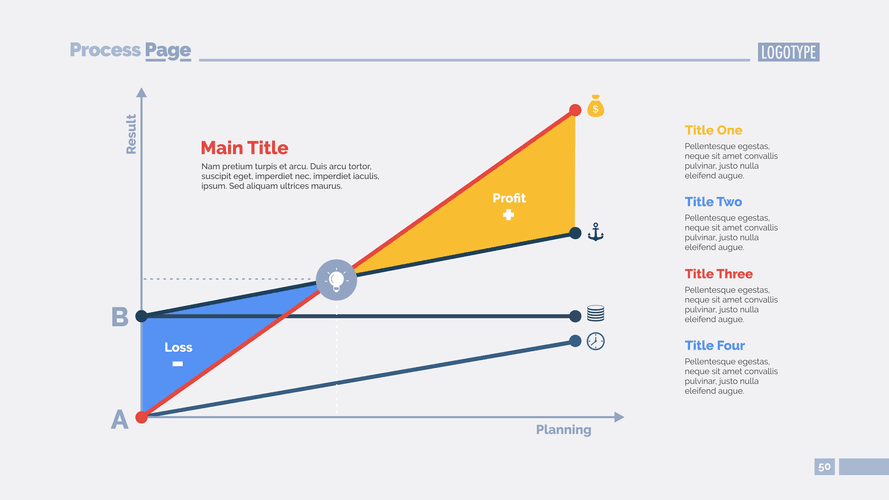
Hence, they frequently provide answers that consider the risks the business would face or ‘business risks’, which are outside the scope of the syllabus. Describe the audit risks and explain the auditor’s response to each risk in planning the audit of XYZ Co. The second line is accountable for the monitoring of policies related to modeling, the assessment of the models’ performance over time, and validating the models.
Internal audit empowers third-party risk management – Grant Thornton
Internal audit empowers third-party risk management.
Posted: Thu, 08 Sep 2022 07:00:00 GMT [source]
GTAG: Auditing Network and Communications Management
- If the question asks for five risks, candidates should aim to identify six or seven points during their initial reading of the question.
- Instead, the report is merely a measure of the reliability of the financial statements.
- Quality Control Measures play a pivotal role in overseeing the audit’s progression, ensuring adherence to the highest standards of audit practice and compliance with regulatory requirements.
- They can however balance these risks by determining a suitable detection risk to keep the overall audit risk in check.
- Look at the functionality offered by the Predict360 Audit management software and learn how your organization can do audits at a better pace with fewer resources.
The auditors then use the model to establish relationship between the risks and take action to reduce overall audit risk to an acceptable level. Detection risk arises because the auditor’s methods and procedures, to test balances and transactions for misstatements, fail to detect all the misstatements. Having identified the audit risk candidates are often required to identify the relevant response to these risks. A common mistake made by candidates is to provide a response that management would adopt rather than the auditor.
Balance Sheet
Accounting for audit risks enables businesses to ensure that they are prepared for such an eventuality. By understanding how the model is limited, auditors and companies can understand how to mitigate these and still provide the proper risk assessments. Control risk involved in the audit also appears to be high since the company does not have proper oversight by a competent audit committee of financial aspects of the organization. The company also lacks an internal audit department which is audit risk model a key control especially in a highly regulated environment. Assessment of control risk may be higher for example in case of a small sized entity in which segregation of duties is not well defined and the financial statements are prepared by individuals who do not have the necessary technical knowledge of accounting and finance. Control Risk is the risk of a material misstatement in the financial statements arising due to absence or failure in the operation of relevant controls of the entity.
Internal Audit’s Role in Model Risk Management
Audits are an essential component of accounting, but they carry some element of risk. The audit risk model helps assess this level of risk, making it a useful tool to employ during the planning stages of any financial audit. In this guide, we’ll break down the audit risk model formula, describe its elements, and give an example of how it works. Given these risk levels, the auditor needs to plan his substantive audit tests to reduce the risk of not detecting material misstatements to 9%. The client is said to demonstrate a high control risk of the controls if a specific assertion does not operate effectively or if the auditor deems that testing the internal controls would be an inefficient use of audit resources. The use of models will expand and grow more complex as both the need for the models and the technological capabilities increase.
How can an auditor reduce audit risk?
- A clean report means that the company’s financial records are free from material misstatement and conform to the guidelines set by GAAP.
- If the client shows a high detection risk, the auditor will likely be able to detect any material errors.
- This is due to hedge accounting tends to be complicated and require a high level of skill and knowledge in accounting.
- The independent and external audit report is typically published with the company’s annual report.
- A well-trained, ethical auditor equipped with the right technological tools is the ideal combination for successful, transparent audits in the modern age.
In conclusion, as we traverse this complex business environment, it is imperative to continuously re-evaluate and refine our audit processes. By amalgamating the strengths of technology with the insights of the human element and underpinning it all with a solid foundation like the audit risk model, businesses can ensure that they not only survive but thrive in the forthcoming era. The path to corporate excellence is paved with genuine introspection, of which audits are an integral part. The people at the accounting firm who failed to detect the many problems in Enron’s books were not paid off or bribed in any way – they genuinely failed to discover any major problems in Enron.
Control risk is the risk that internal controls established by a company, to prevent or detect and correct misstatements, fail and thus the financial statement items become misstated. Audit risk is the risk that the auditor gives an inappropriate opinion on an audit engagement. This usually means giving a clean/unqualified opinion when financial statements https://www.bookstime.com/articles/qualified-business-income-deduction are in fact materially misstated. There’s always a risk of fraudulent or incomplete information being given, which means an auditor cannot say with 100% certainty that their opinions will be correct. It’s also impossible to gather all relevant evidence, as auditors are bound by cost and time restrictions during the initial stages of an audit.
Everything You Need To Build Your Accounting Skills
